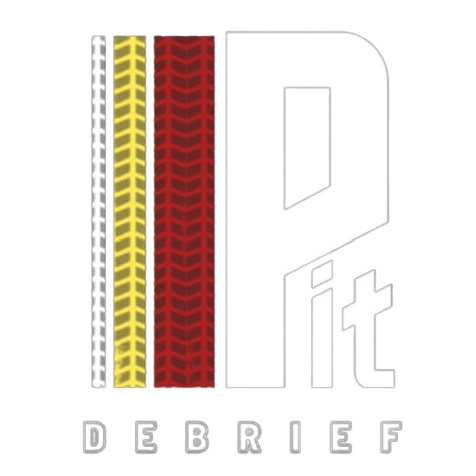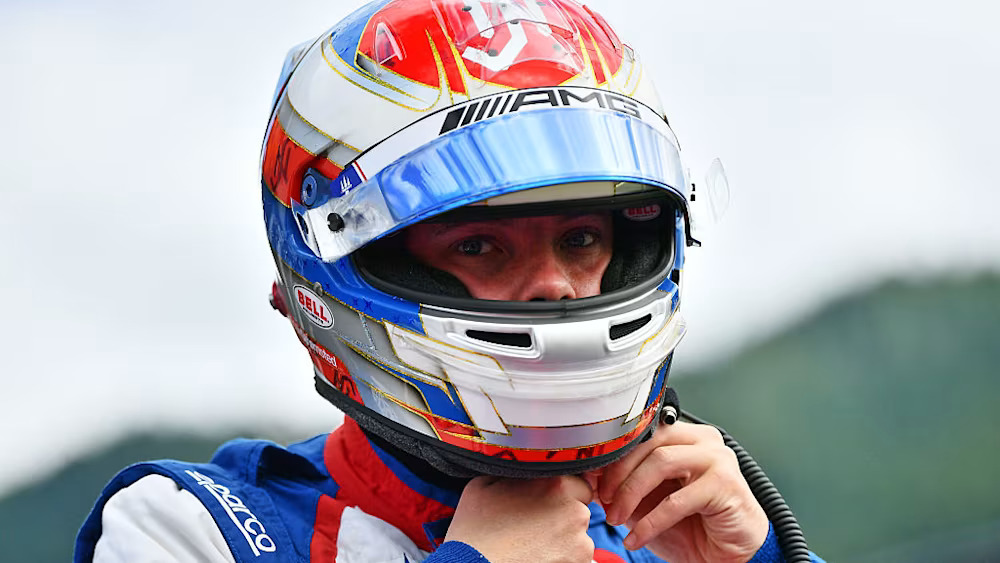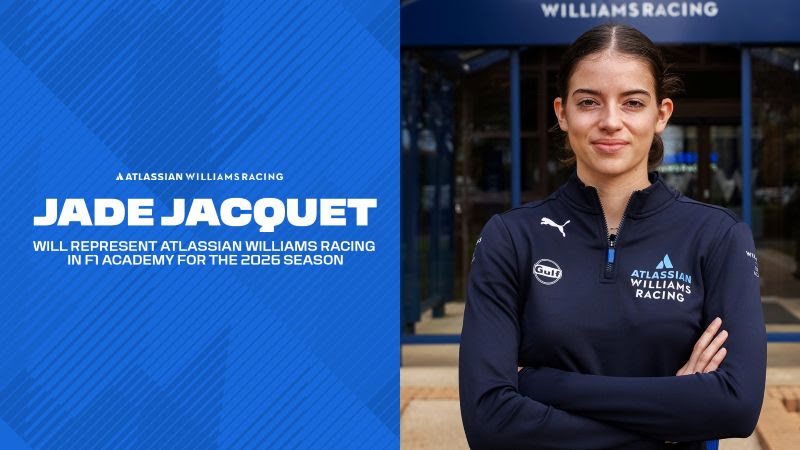Noah Strømsted has crafted a distinctive philosophy about car setup that centres on precision, adaptability, and front-end responsiveness. His approach to Formula 3 racing is not just about outright pace but about shaping a car that delivers confidence and control across varying conditions.
“This year the car hasn’t changed too much from last year, the most different thing is the tyres but driving-wise, it’s not a big difference,” Strømsted explained of his current season.
Preference for a pointy front end
At the core of Strømsted’s philosophy is his preference for a sharp and responsive front end. He believes that having control over the car’s nose provides greater flexibility during races, allowing him to shape the car’s behaviour without becoming solely reactive to rear-end movement.
“I would say I like a race car quite pointy on the front but also controlled. It’s not like you always need to control the rear, you also need to input the steering and do what you want with the front. But it’s not like the front is taking over the whole car.”
This setup style also enables smoother inputs across different driving phases.
“When you have a very pointy front, you can be easier with the throttle release, easier on the brakes, easy with the steering inputs — that’s the main thing for me.”
Strategic setup adjustments
Strømsted adapts his setup depending on session demands, with sharper characteristics suited to qualifying and a more balanced car for the longer race stints.
“That’s the way I like the cars to be (with a more responsive front), especially for Qualifying. For the races, in general, you try to have a bit more rear to save the tyres, to drive the car a bit easier when under heavy fuel.”
Tyre degradation also shapes his philosophy in traffic-heavy conditions. “Normally there’s also quite a lot of deg when you are behind a lot of people, so that’s how we try to do it and it’s usually very good,” he noted.
Oversteer versus understeer philosophy
Strømsted makes no secret of his preference for oversteer in pursuit of speed.
“I think for me the oversteer is normally faster. If you have a bit too much oversteer than too much understeer, it’s a lot easier, at least for me, to control the oversteer and drive faster.”
Understeer, he feels, is far harder to adapt to: “If you have understeer, it’s more difficult to change your driving, to make the car more oversteery and to get more rotation.”
Seasons start and setup development
The current campaign has provided Strømsted with a strong foundation, with the car performing well from the outset. That has allowed him to make only small tweaks across race weekends.
“To be honest this year we have started well with the car from Free Practice, so it’s minor changes that we do. But we try to start on the oversteery side than the understeery side.”
This preference reflects his philosophy of flexibility: “It’s easier to go back than to go forward, at least that’s how I feel. Typically, that’s what we try to do during a weekend.”
Braking strategy and technique
Braking remains a central element of Strømsted’s style. He sets his references early, refining them gradually, but avoids chasing late-braking heroics.
“Braking points in general are quite fixed from the start of the weekend. You have your braking points you already know from the start of the weekend, you start using them in Free Practice and then you fine tune for Free Practice and Qualifying.”
He prioritises consistency and corner exit performance: “But in general, I am not always the latest braker. It’s quite risky compared to braking one or two metres earlier and then always having a good exit, which is where most of the time is in general. You gain most of the time on exit.”
Team learning and information sharing
Collaboration among teammates has also helped to strengthen his approach as different drivers excel at various corners, creating learning opportunities for the entire team.
“For sure there are some places where one of my teammates is braking late and gaining time and another where I am braking late and gaining time. We all learn from each other in Free Practice and Qualifying. It is in general who uses the information best and who then adapts and finds the best points.”
Qualifying approach evolution
Strømsted admits his approach to qualifying has evolved since stepping into Formula 3. Unlike FRECA, where gradual pace-building was possible, F3 requires maximum attack from the very first run.
“For sure Qualifying this year for me is about the way you approach it. You need to be fully on it already from the first lap in Free Practice and this is something I was not the best at, at the start of the season.”
His FRECA habits initially held him back: “I was still approaching it like I was in FRECA, trying to build up. You don’t really have the time or the tyres to do it, because the tyres drop off very quickly at their peak compared to FRECA. So it’s a lot more difficult to get everything right for Qualifying in F3 compared to FRECA.”
The philosophy realised
Strømsted’s racing philosophy demonstrates how methodical thinking and adaptive strategy create competitive advantages in Formula 3. Noah Strømsted‘s front-end focus and oversteer preference showcase a distinctive approach to modern single-seater racing.





